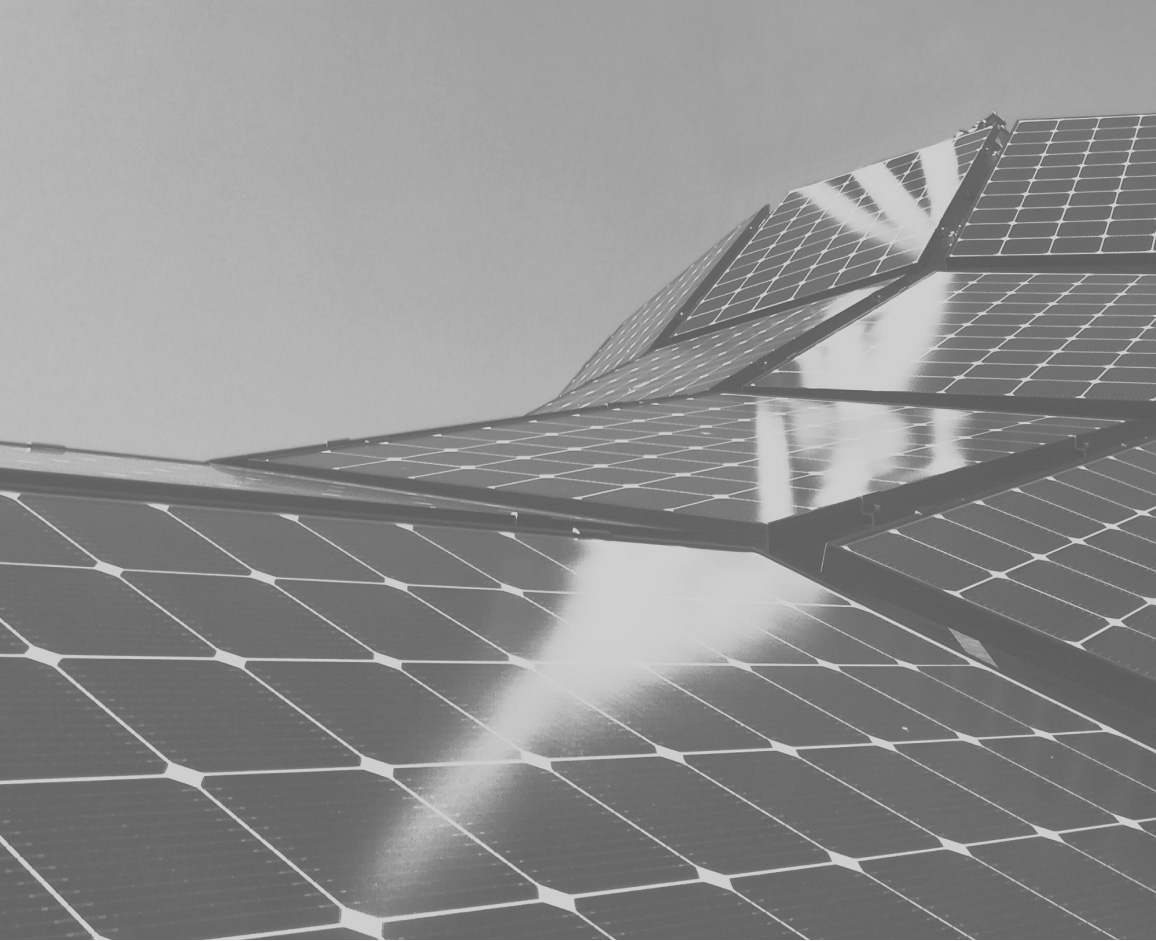In 90 minutes the sun hits the earth with enough energy to power all of humanity for a year. I was thinking about that fact when I read about the recent announcement of the world’s first transnational solar power grid at the COP26 Conference in Glasgow. India and the UK are leading the project, which plans on raising over $1 trillion dollars in investment to transmit affordable solar energy across vast distances around the globe.
I don’t think it’s going to be an empty effort, either, because the markets love this product. Solar panels and lithium ion batteries continue to benefit enormously from experience curve effects. In other words, over time, the cost of this technology decreases as their output and efficiency increases. Since 2010, solar panel prices have fallen by roughly 90% while global deployment has grown by over 400%.

Today, the average residential electricity rate in the U.S. is 14 cents per kilowatt-hour (kWh), and keeps going up. But you can find residential solar rates around half that number, and by the end of the decade, solar is expected to cost roughly 3 to 5 cents per kWh. At that point, you will be committing economic malpractice if you aren’t subscribing to solar. That’s why it’s expected to provide at least half of US energy needs by 2050.
Today when you purchase electricity from your local utility, you’re also paying for the production costs of the coal and gas used to create that electricity: strip mines, oil wells, refineries, pipelines, etc. But solar is different for one simple reason: it’s free. It comes from a giant nuclear fusion reactor located 93 million miles away. And by the way, the reactor also handles its own distribution!
That’s why this is such a game-changer. With solar, you’re essentially just subscribing to the access of solar panels. You are subsidizing their manufacture, installation and maintenance costs, which all continue to drop precipitously. It’s a simple hardware-as-a-service model.
So how will that affect the way we subscribe to energy? And what will be the implications for your own home or business? We work with a number of solar companies, from big energy companies to solar farms as well as software and infrastructure providers. Let’s look at how few other industries are rapidly evolving in order to make some predictions:
Solar as a perfect subscription model. Today, most solar installation packages borrow the old automotive lease-to-own model, where you pay off costs over a fixed number of years until you own the equipment outright. In other words, you’re paying for the eventual reward of owning a piece of outdated technology.
But as the market matures, I predict that the old leasing models will die off. Solar will become a pure subscription model: regular equipment upgrades will simply become part of the package. You’ll just be subscribing to clean and efficient power, and the equipment and upkeep aspects will dissolve away.
The data centerification of energy. Of course, those equipment and upkeep aspects don’t just disappear into the ether, they simply get transferred from the consumer to the manufacturer. And that’s a good thing. As I’ve discussed previously, all sorts of positive efficiency and sustainability-related dividends started happening when companies start selling access to assets, as opposed to the assets themselves. In dense urban environments, most people will be subscribing to power that comes from a far-off solar array.
In much the same way that companies like Google and Microsoft love to talk about the efficiency improvements of their data centers, we’ll be hearing the same kind of talk from solar energy providers. Yes, it’s great PR, but these companies are primarily concerned about their bottom line. They want to work smarter and more sustainably, so they can save more money.
The creator economy comes to solar. We won’t just be passively consuming solar energy, we’ll be actively creating it. The great modular dream of solar roofs powering our homes and cars will increasingly become a reality for millions of families over the next couple of decades. Today, for example, over 20% of Australian households have rooftop solar panels. Efficiency is rapidly tipping over into opportunity.
We’ll be able to sell our own solar energy (as many are today), whether to a larger grid or to a community market. What’s more, we won’t be just mini solar wholesalers, we’ll also be AI-informed energy brokers, conducting arbitrage on a minute-by-minute basis. We’ll be able to make money from our EVs by renting them out to ride-share services. Our homes and cars will turn into domestic enterprises, selling micro-subscriptions into broader energy and transportation networks.
Diversity in the market, complexity in the back office. For companies that want to capitalize on this exploding market, all of this new opportunity is going to result in a variety of business models and service offerings: fixed discounts, flat kWh rates, pay-as-you-go models, bill credit rates, up-front payments. In other words, opportunity will bring complexity.
Solar is going to be an incredibly dynamic marketplace. Today in Sweden, for example, most kilowatt hours are bought and sold at least six times before reaching the consumer. Companies are going to need to invest in back-office systems that will be able to react to all these inputs with the agility of a Wall Street trading system.
It’s an exciting time for subscription model innovation in the energy sector, which actually has a nice poetic symmetry to it, because the energy sector is where a lot of early subscription companies first got their back-office systems. It’s great to see energy reinventing itself, and transforming subscription models in the process.

